
With an original staging of text and music, Orlando follows the trail of one of the greatest composers of the Renaissance: Orlando di Lasso (also known as Roland de Lassus). His life and masterful oeuvre continue to move people to this day. Although he was a European star at the time, di Lasso had to endure the indignities of his social status as a servant. This documentary explores the relationship between art and power, musically accompanied by the ensemble La Tempête.
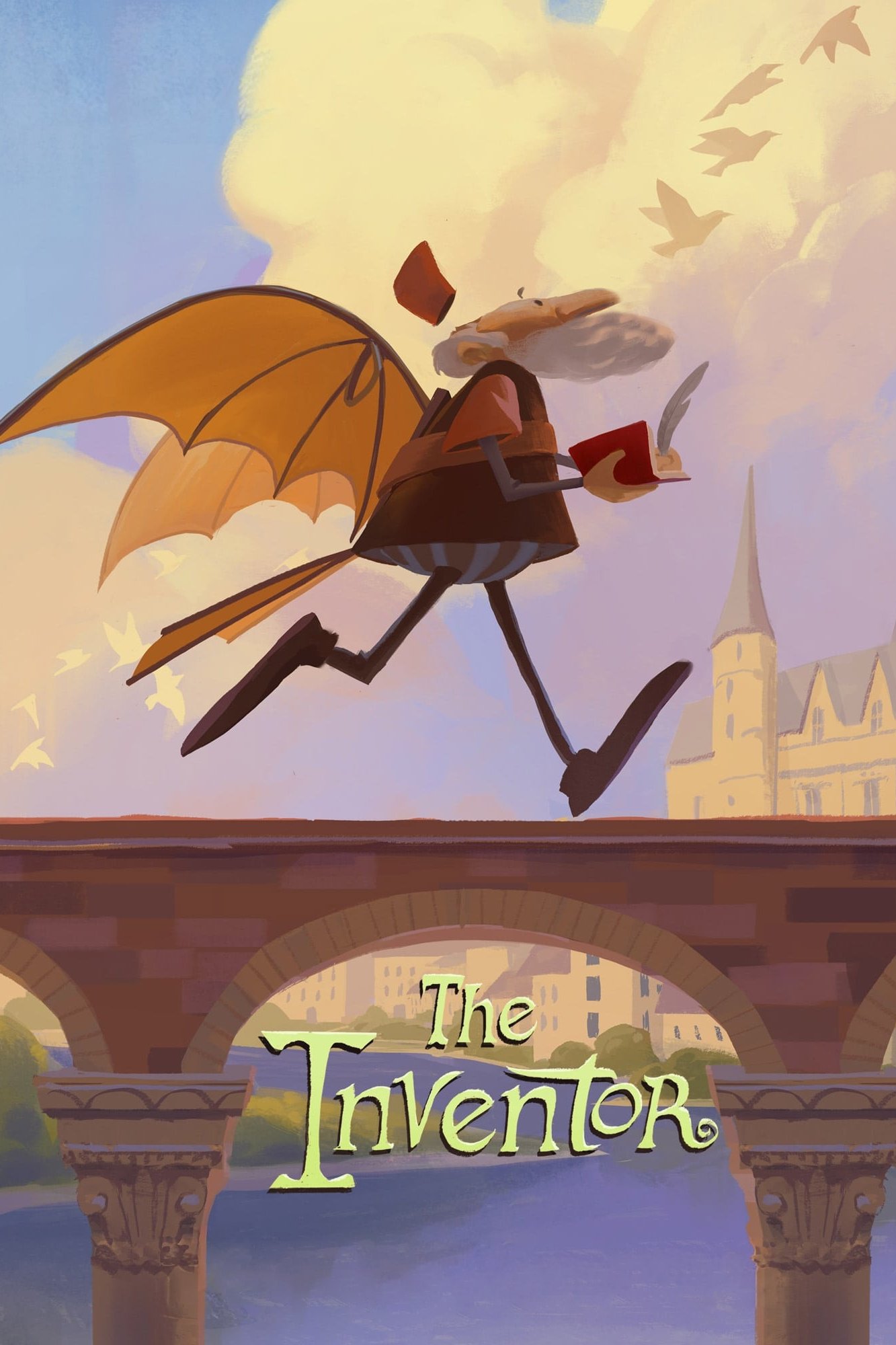
The insatiably curious and headstrong inventor Leonardo da Vinci leaves Italy to join the French court, where he can experiment freely, inventing flying contraptions, incredible machines, and study the human body. There, joined in his adventure by the audacious princess Marguerite, Leonardo will uncover the answer to the ultimate question – "What is the meaning of it all?"
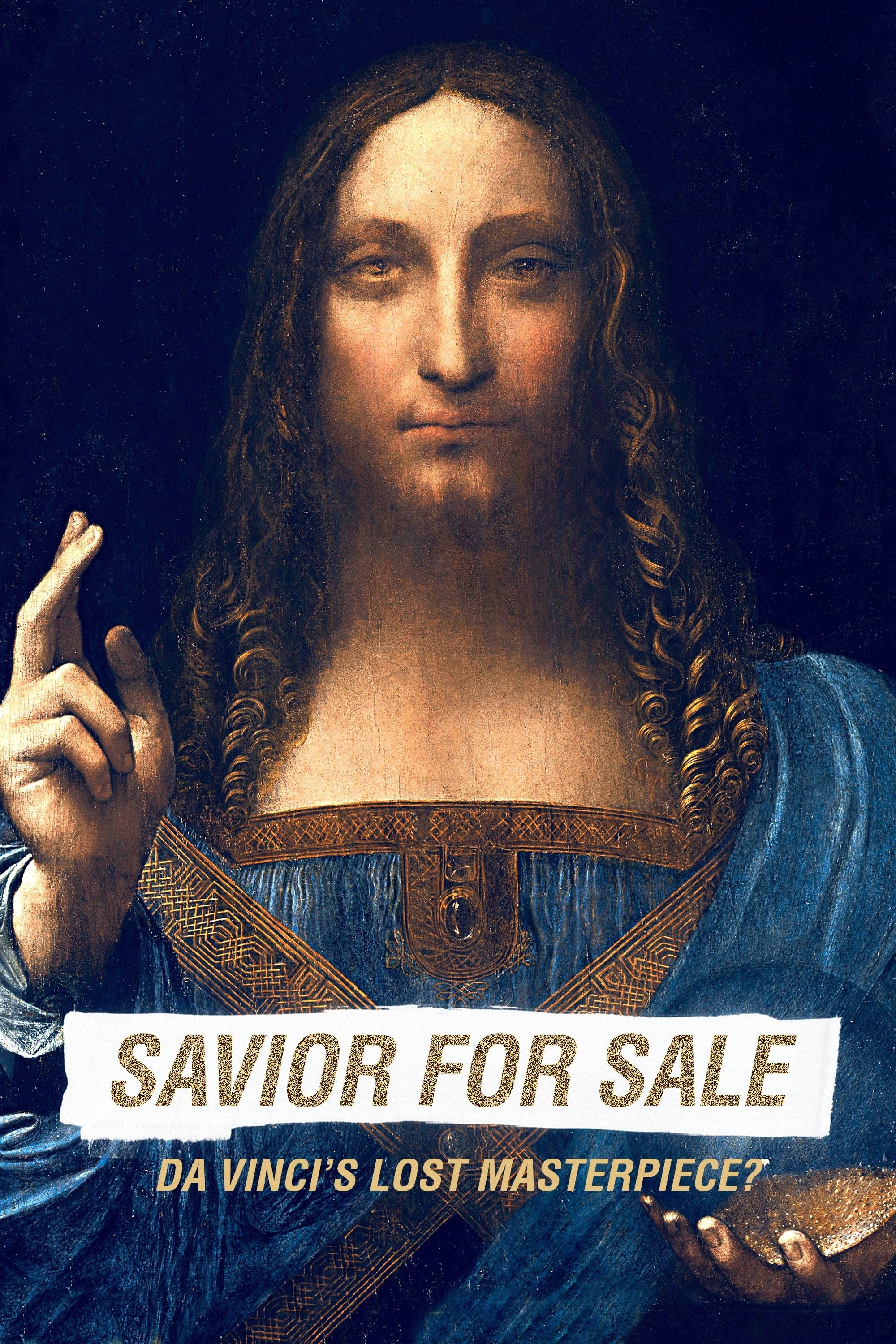
In November 15, 2017, the painting Salvator Mundi, attributed to Italian artist Leonardo da Vinci (1452-1519), was sold for an unprecedented $450 million. An examination of the dirty secrets of the art world and the surprising story of how a work of art is capable of upsetting both personal and geopolitical interests.


Acquired in July 1909 by art collector Wilhelm von Bode (1845-1929), director general of the Prussian Art Collections and founding director of the Kaiser-Friedrich-Museum, now the Bode-Museum, the Bust of Flora, Roman goddess of flowers, has been the subject of controversy for more than a century.

In the 16th century, Arte, a delightful young lady from an aristocratic family, dreams of being an artist and contributing to the renewal of civilization. However, with her father's death, she ends up losing the only person who believed in her passion for art. Now she is expected to marry a nobleman and live as a refined housewife without disgracing her family name. Reluctant to accept her fate, the headstrong Arte steps into the streets in search of a master artisan to take her on as an apprentice. But no one believes that women are capable of fine craftsmanship, so none are willing to accept her. Luckily, a renowned artisan by the name of Leo is persuaded to take her as his disciple since he has none anyway. And thus, Arte's new life begins, far from the comfort of her noble upbringing. As an apprentice, she must earn her keep while tackling various challenges along the difficult path to becoming a full-fledged, master artisan.
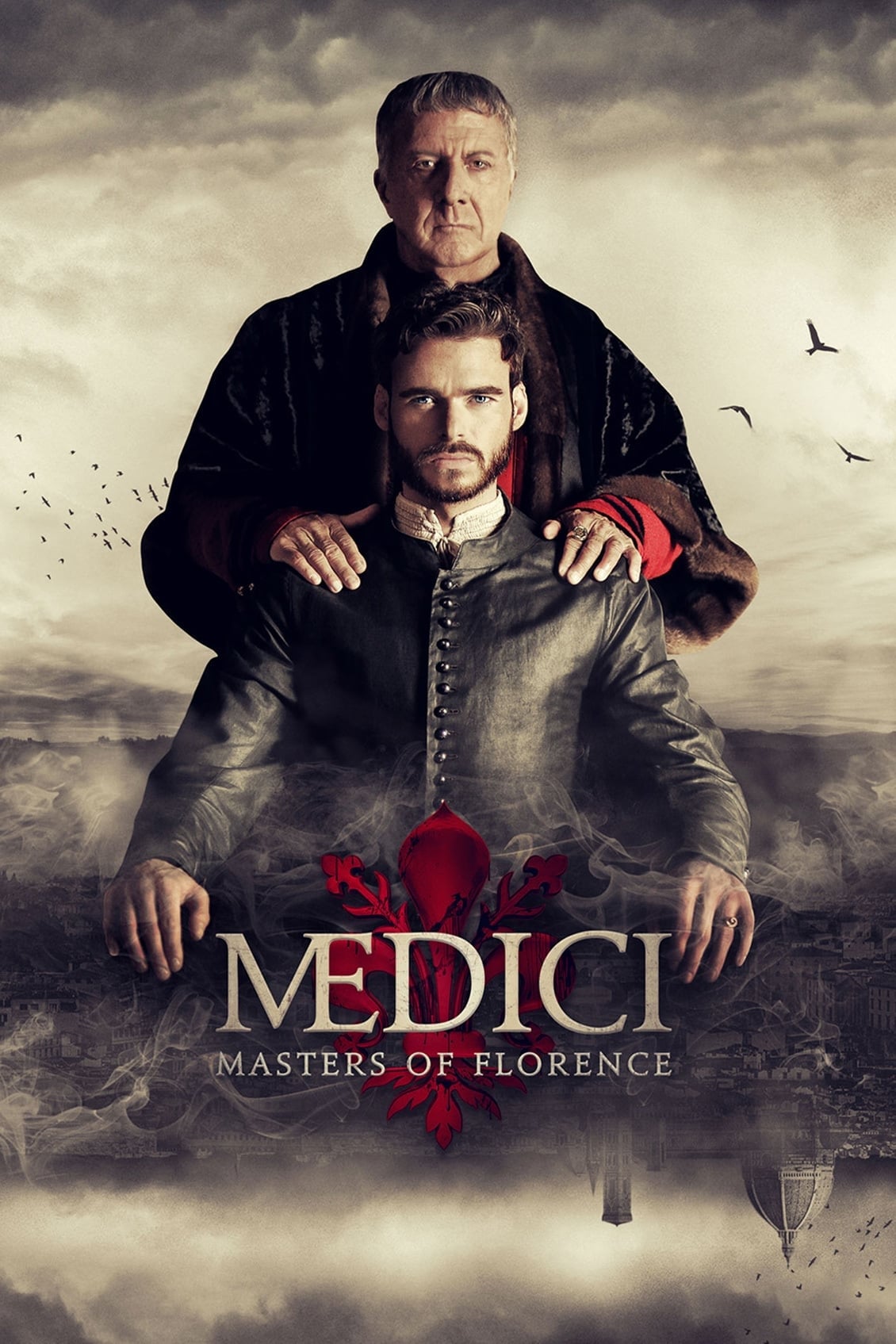
The story of the Medici family of Florence, their ascent from simple merchants to power brokers sparking an economic and cultural revolution. Along the way, they also accrue a long list of powerful enemies.
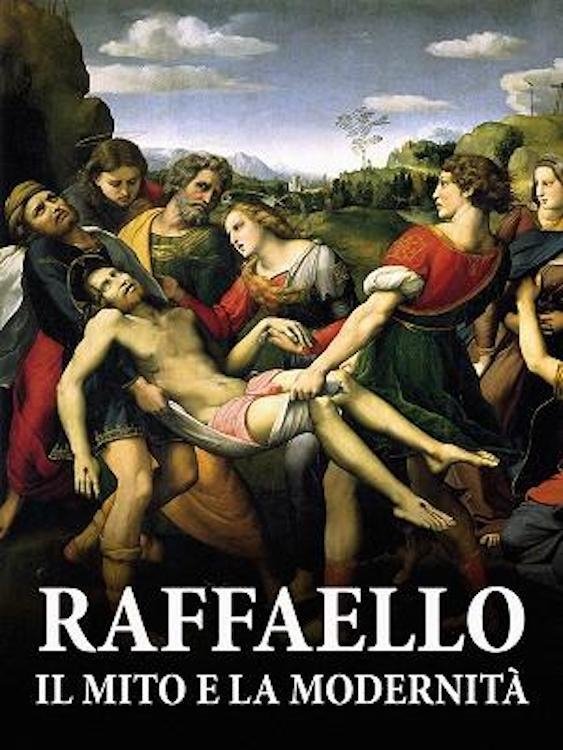

The mysterious parallel story of Italian painters Andrea Mantegna (ca. 1431-1506) and Giovanni Bellini (ca. 1435-1516), brothers-in-law, public rivals and masters of the early Renaissance.
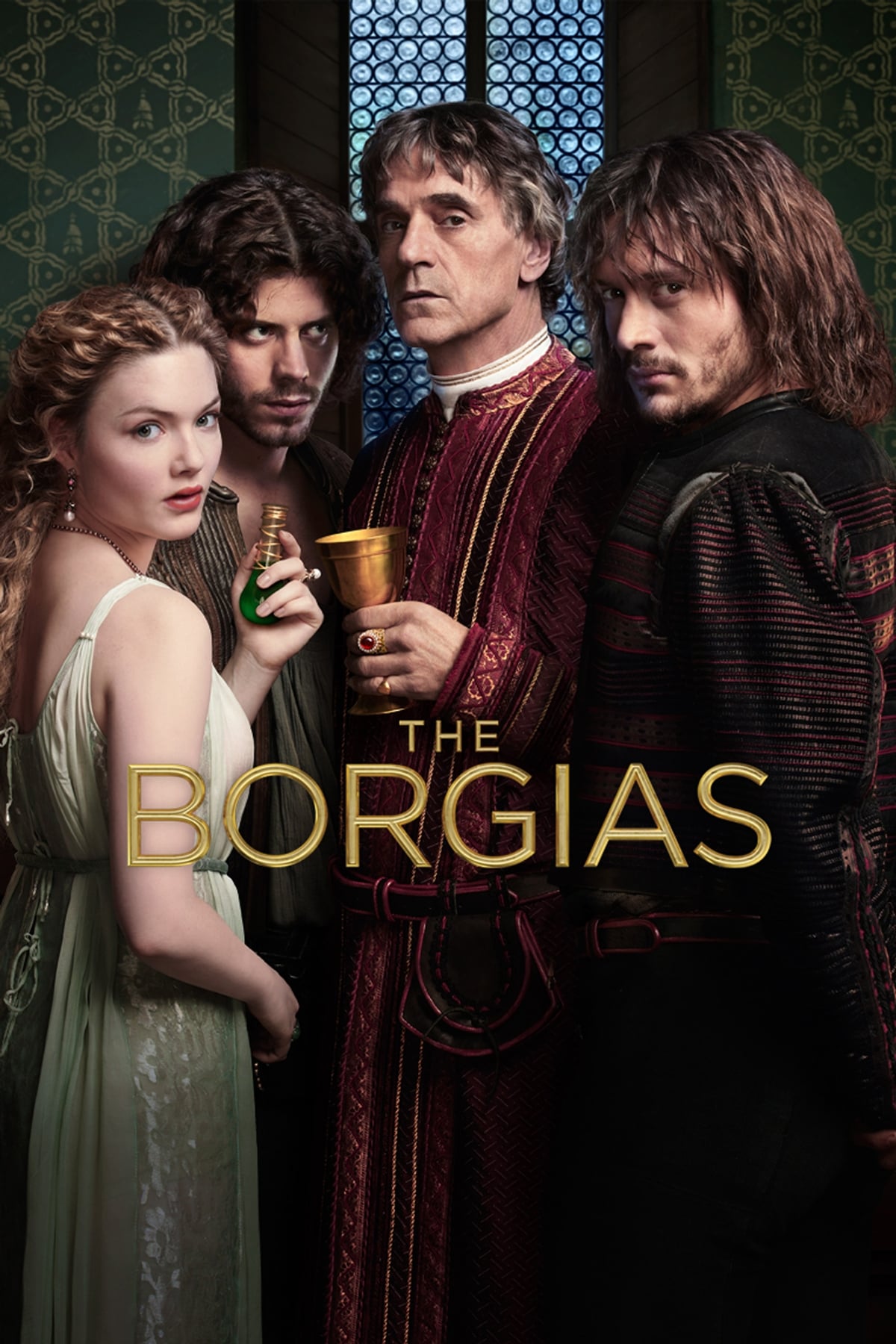
Set in 15th century Italy at the height of the Renaissance, The Borgias chronicles the corrupt rise of patriarch Rodrigo Borgia to the papacy, where he proceeds to commit every sin in the book to amass and retain power, influence and enormous wealth for himself and his family.
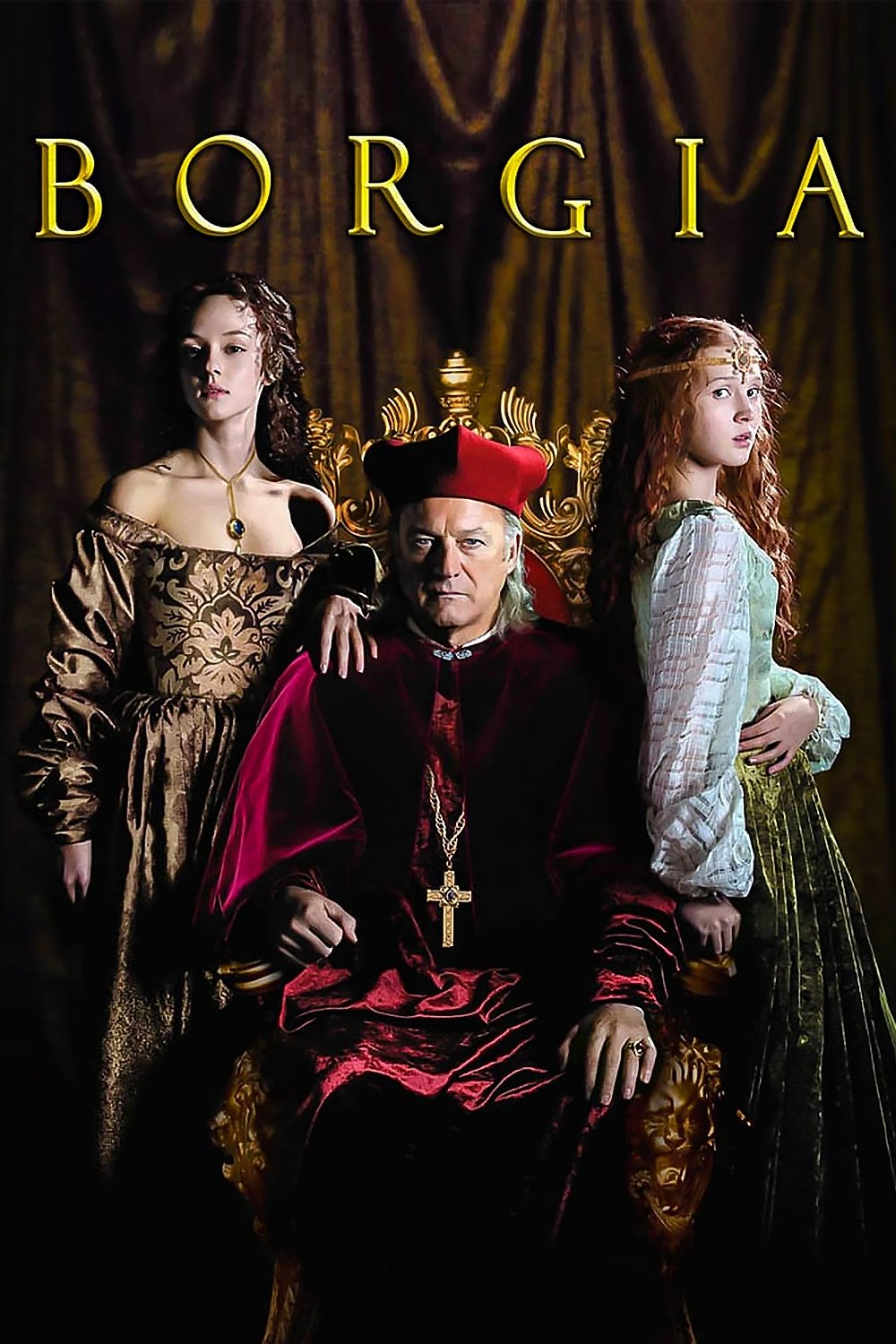
The name Borgia stands for betrayal, intrigue and corruption in the Vatican, which was the center of the world during the Renaissance.
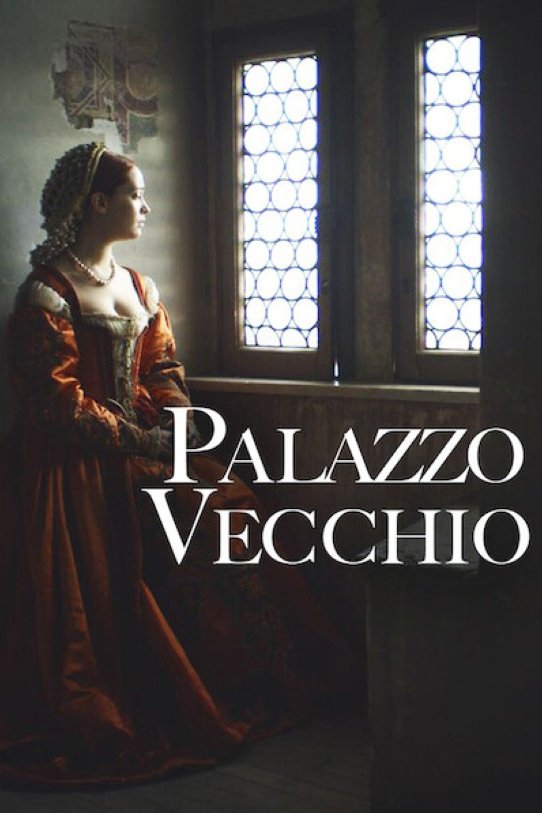
Palazzo Vecchio: a history of art and power. Directed by Piero Messina, through a clever movement of the narration between past and present, makes a real journey into the beauty of an ancient place that still retains its undisputed charm.
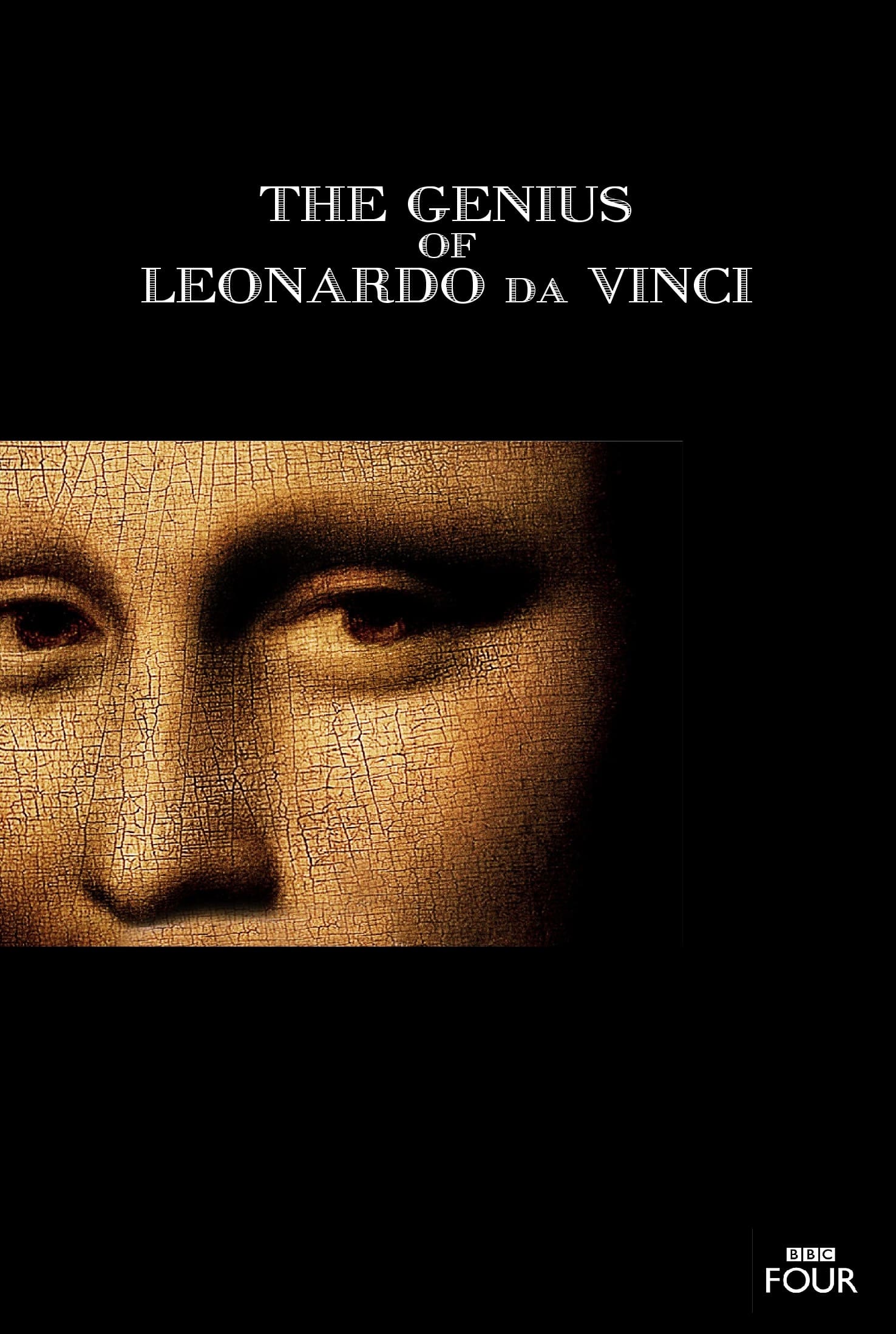
Janina Ramirez explores the BBC archives to create a TV history of Leonardo Da Vinci, discovering what lies beneath the Mona Lisa and even how he acquired his anatomical knowledge.

The story of Benvenuto Cellinin (1500-1571), a soldier and one of the most important craftsmen and artists of Renaissance Italy whose life was marked by many achievements and adventures, but also crimes. There is also the mini-series version consisted of three 90 minutes episodes, broadcasted by RaiDue.

At the turn of the sixteenth century, Michelangelo (Mark Frankel), Raphael (Andrea Prodan), and Leonardo Da Vinci (John Glover) create their masterpieces, while dealing with religious persecution, political turmoil, and the discovery of America.

First seen at La Monnaie in Brussels on 13 May 1998, this production of Monteverdi’s L’ORFEO seen through the eyes of Trisha Brown and René Jacobs has become an operatic classic in a few short years. This is doubtless because it offers a total symbiosis of music, text and movement – described by the critic of the Daily Telegraph of London as being ‘as close to the perfect dance opera as I have ever seen’. Or to quote Gilles Macassar in Télérama: ‘In the pit and onstage, the Brussels production has only one watchword: mobility, nimbleness, dexterity. The singers run, fly, whirl like dancers defying gravity. From the flies down to the footlights, the whole theatre is under a fantastic spell.’ For Christophe Vetter, on ConcertoNet: ‘This Orfeo can be seen again and again with immense pleasure. . . . René Jacobs’s conducting continues to arouse admiration for its precision, its stylistic rigour, its inexhaustible inventiveness and its feeling for the contrasts so vital to this repertoire.’
By browsing this website, you accept our cookies policy.